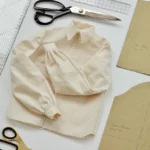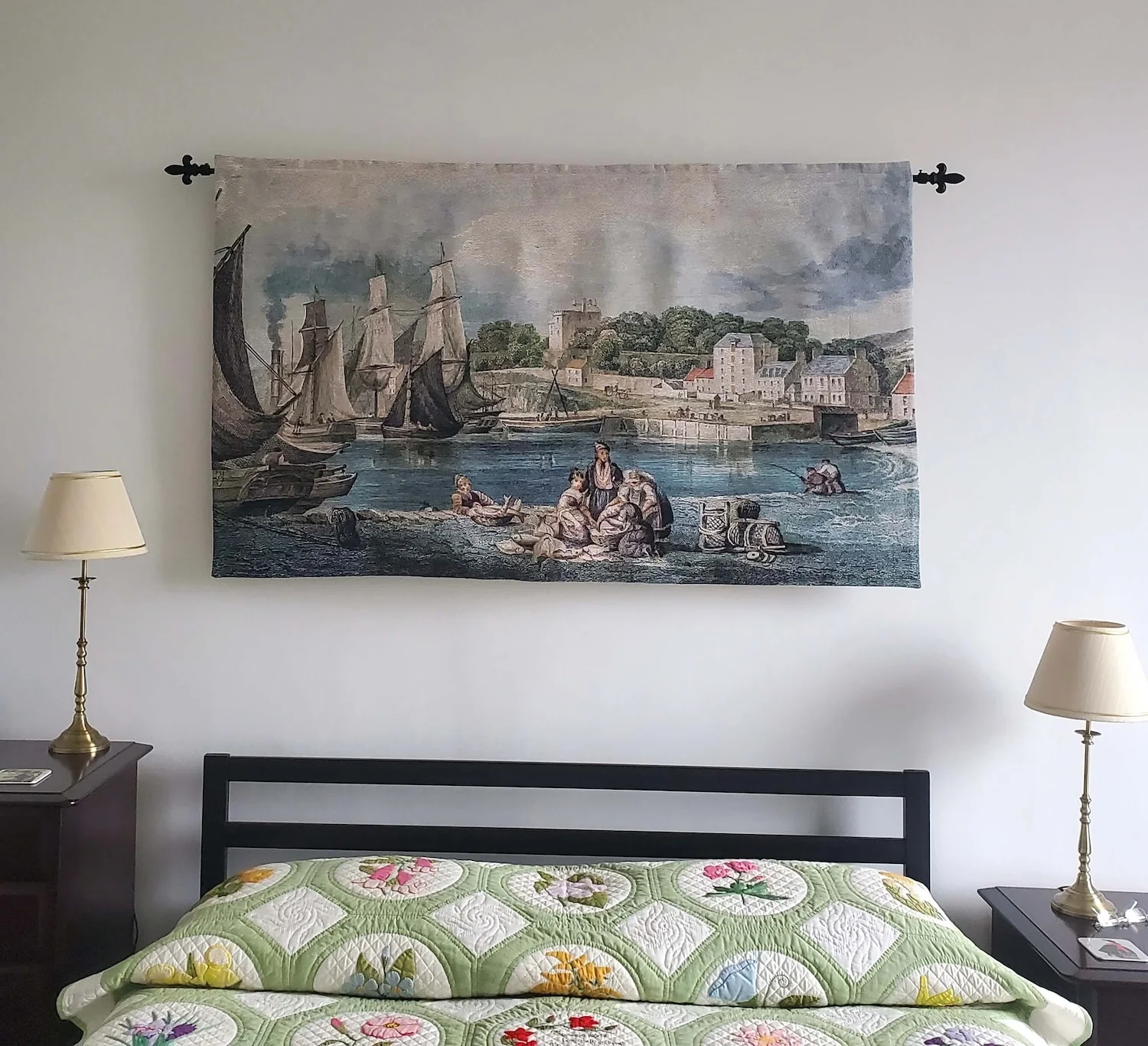Antique tapestries are beautiful and valuable pieces of art that require careful maintenance to ensure their longevity. Proper care and preservation will help protect these intricate works from damage and wear. This guide provides essential tips on how to care for and preserve your antique tapestries.
1. Handle with Care
Firstly, always handle antique tapestries with clean hands or wear white cotton gloves. Oils and dirt from your hands can cause damage over time. Secondly, when moving or handling a tapestry, support it evenly to avoid stressing any part of the fabric.
2. Regular Cleaning
To begin with, it’s crucial to keep your tapestry clean, but avoid washing it yourself. Instead, consult a professional conservator for cleaning. Generally, antique tapestries should be vacuumed gently with a soft brush attachment to remove dust. Moreover, ensure that the vacuum is on a low setting to avoid sucking in fibers.
3. Proper Storage
When it comes to storage, roll your tapestry rather than folding it. Furthermore, use a clean, acid-free tissue or cotton wrap around the rolled tapestry to prevent pressure marks and creases. Importantly, store the tapestry in a cool, dry, and dark place to protect it from light and humidity, which can cause fading and mold growth.
4. Control Light Exposure
Additionally, exposure to sunlight can cause significant damage to antique tapestries, leading to fading and deterioration. To mitigate this, display tapestries in areas with low light and use UV-filtering glass if framing them. Therefore, consider using window coverings or shades to protect tapestries from direct sunlight.
5. Maintain Ideal Humidity Levels
Moreover, humidity plays a critical role in the preservation of antique tapestries. To maintain proper conditions, keep the relative humidity level between 40% and 60%. Therefore, use a dehumidifier or humidifier as needed to control moisture levels in the environment where the tapestry is stored or displayed.
6. Regular Inspections
Furthermore, regularly inspect your tapestry for signs of damage, such as moths, fraying edges, or loose threads. If any issues arise, consult a professional conservator immediately to address and repair the damage before it worsens. Consequently, timely interventions can prevent more extensive repairs in the future.
7. Avoid Chemical Cleaners
In addition, never use chemical cleaners or solvents on your tapestry. Instead, rely on professional services for any cleaning needs. Thus, harsh chemicals can damage the fibers and dyes of antique tapestries.

8. Professional Restoration
Lastly, if your tapestry requires restoration, seek out a specialist experienced in antique textiles. They will have the expertise to carry out necessary repairs while maintaining the tapestry’s historical integrity. In fact, professional restorers use techniques that are tailored to the specific needs of the tapestry, ensuring minimal impact on the original materials.
Conclusion
Proper care and preservation of antique tapestries are essential to maintaining their beauty and value. By following these guidelines, you can ensure that your treasured pieces remain in excellent condition for future generations to enjoy. Remember, regular cleaning, ideal storage conditions, and professional care are key components in preserving the intricate art of antique tapestries.











